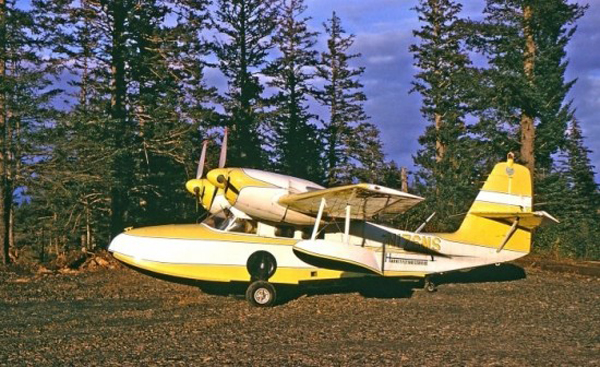Crash of a Rockwell Shrike Commander 500S in Cloquet: 1 killed
Date & Time:
Sep 16, 1985 at 2205 LT
Registration:
N8139P
Survivors:
No
Schedule:
Brainerd - Cloquet
MSN:
500-3265
YOM:
1975
Crew on board:
1
Crew fatalities:
Pax on board:
0
Pax fatalities:
Other fatalities:
Total fatalities:
1
Captain / Total hours on type:
3000.00
Aircraft flight hours:
4317
Circumstances:
The pilot expected the weather to be below minimums but flew the approach anyway. He did not have a second pilot on board per company rules. The aircraft collided with trees about 3 miles from the approach end of runway 17. The pilot, sole on board, was killed.
Probable cause:
Occurrence #1: undershoot
Phase of operation: approach - faf/outer marker to threshold (ifr)
Findings
1. (c) in-flight planning/decision - improper - pilot in command
2. (c) minimum descent altitude - below - pilot in command
3. (c) ifr procedure - improper - pilot in command
4. (f) weather condition - low ceiling
5. (c) overconfidence in personal ability - pilot in command
6. (f) light condition - dark night
----------
Occurrence #2: in flight collision with object
Phase of operation: approach - faf/outer marker to threshold (ifr)
Findings
7. Object - tree(s)
Phase of operation: approach - faf/outer marker to threshold (ifr)
Findings
1. (c) in-flight planning/decision - improper - pilot in command
2. (c) minimum descent altitude - below - pilot in command
3. (c) ifr procedure - improper - pilot in command
4. (f) weather condition - low ceiling
5. (c) overconfidence in personal ability - pilot in command
6. (f) light condition - dark night
----------
Occurrence #2: in flight collision with object
Phase of operation: approach - faf/outer marker to threshold (ifr)
Findings
7. Object - tree(s)
Final Report:






